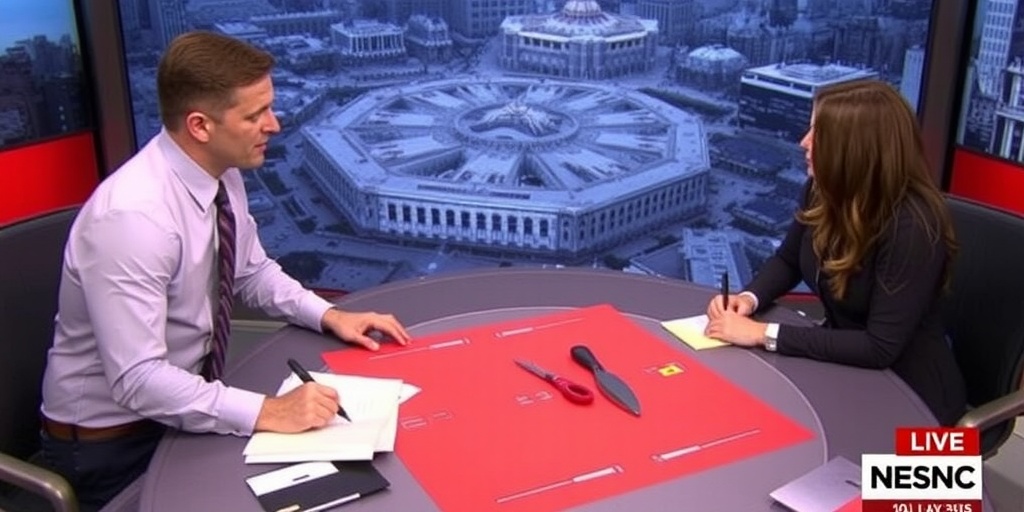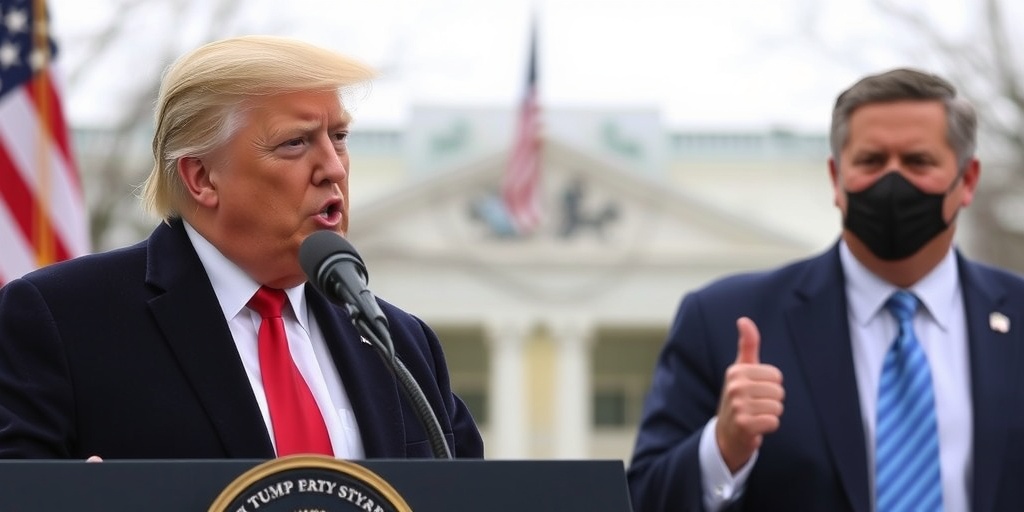Now Reading: Hegseth Directs Pentagon to Prepare Cuts Plan
-
01
Hegseth Directs Pentagon to Prepare Cuts Plan
Hegseth Directs Pentagon to Prepare Cuts Plan

Defense Secretary Hegseth Directs Cuts to Pentagon Budget Amid Strategic Shifts
In a significant move that may reshape the military’s fiscal landscape, Defense Secretary Pete Hegseth has instructed senior military and Defense Department officials to devise plans for an 8 percent reduction in the defense budget annually over the next five years. This directive was disseminated through a memo issued on Tuesday, revealing a transformative approach towards military funding under the current administration.
The budgetary cuts, which were reported on Wednesday, are aimed at recalibrating the allocation of the Pentagon’s considerable $850 billion annual budget. In the memo, Hegseth established a deadline for military branches and various Pentagon departments to submit their budget-cutting proposals by February 24, emphasizing the need for rigorous financial discipline. Notably, the memo outlined around 17 exceptions to the proposed reductions, ensuring that critical military operations, such as those at the southern border, would remain funded during this adjustment period.
A senior official within the Pentagon noted that these cuts seemed to reflect a strategic intention to prioritize programs favored by the Trump administration rather than a straightforward decrease in defense spending. This viewpoint implies that while the overall budget may appear to shrink, funds could be reallocated to specific initiatives deemed essential by the current leadership. One such initiative includes the ongoing military involvement at the U.S.-Mexico border, which has seen an increase in funding to support operations aimed at managing migrant flows. Reports indicate that the military has already funded flights transporting migrants from the U.S. to distant nations, including India.
Hegseth’s strategy aligns with a broader agenda of President Trump, who has made border security a paramount focus of his administration. The Defense Secretary has committed to deploying active-duty U.S. troops to bolster efforts to mitigate illegal crossings, which had surged to unprecedented levels during the previous administration. However, there has been a notable decline in crossings recently, contributing to a complex narrative about the effectiveness of current policies.
In his memo, Hegseth reiterated a recurring theme of his leadership—the necessity for the military to cultivate a "warrior ethos." This phrase underscores a commitment to operational effectiveness while calling for a firm rejection of "excessive bureaucracy" and superfluous expenditures. Such rhetoric is indicative of a fundamental shift in the Pentagon’s operational culture, suggesting a desire to streamline processes and honed focus on military readiness.
In Congress, the prospect of budgetary restraints could face significant resistance from lawmakers concerned about the regional impacts of such cuts. Legislators often champion financial allocations that benefit their constituencies, and any potential reductions in defense spending might provoke bipartisan pushback. As proposals materialize, the political ramifications of these fiscal strategies are likely to be scrutinized extensively.
Another layer of complexity is introduced by anticipated workforce reductions within the Pentagon. Reports indicate that the department has been instructed to compile lists of probationary employees who could potentially be laid off, signaling an impending restructuring of personnel as part of the cost-cutting measures. A senior military official has revealed that Elon Musk’s newly established “Department of Government Efficiency” has shown interest in transitioning full-time Pentagon employees to contracted positions. This shift would create a more agile workforce, allowing for easier termination of employees should the need arise.
In the realm of public communication, Hegseth recently embraced social media platforms to convey his vision for the Defense Department’s financial strategy. Posting on the platform X, he shared a message focused on eliminating "waste, fraud, and abuse" within the military ranks. Employing a light-hearted reference to the popular cryptocurrency DOGE, he encouraged personnel to "DOGE the waste; Double Down on warriors," suggesting that combating inefficiency should go hand in hand with reinforcing military capabilities.
As the Defense Department navigates this challenging period of adaptation, the implications of Hegseth’s directive will undoubtedly resonate within military corridors and beyond. As plans for budgetary reductions crystallize, the balance between effective funding allocation and operational readiness will be put to the test. The coming months will reveal not only the logistical challenges of implementing such extensive cuts but also the political ramifications that accompany efforts to redefine defense spending priorities in a rapidly evolving landscape.
Stay Informed With the Latest & Most Important News
Previous Post
Next Post
-
 01New technology breakthrough has everyone talking right now
01New technology breakthrough has everyone talking right now -
 02Unbelievable life hack everyone needs to try today
02Unbelievable life hack everyone needs to try today -
 03Fascinating discovery found buried deep beneath the ocean
03Fascinating discovery found buried deep beneath the ocean -
 04Man invents genius device that solves everyday problems
04Man invents genius device that solves everyday problems -
 05Shocking discovery that changes what we know forever
05Shocking discovery that changes what we know forever -
 06Internet goes wild over celebrity’s unexpected fashion choice
06Internet goes wild over celebrity’s unexpected fashion choice -
 07Rare animal sighting stuns scientists and wildlife lovers
07Rare animal sighting stuns scientists and wildlife lovers




















